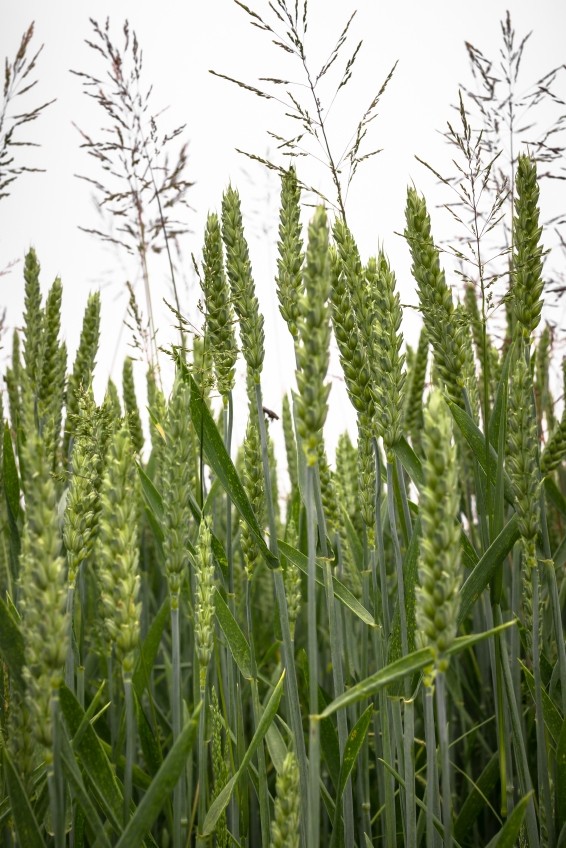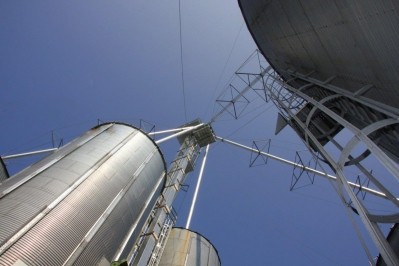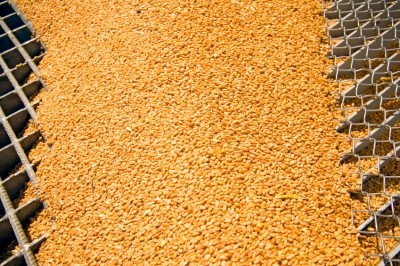Feed wheat class changes in Canadian system

Following a review, a new Canada Western Special Purpose (CWSP) wheat category is being established, said Daryl Beswitherick, program manager of quality assurance standards and re-inspection with the Canadian Grain Commission. Wheat that once would have been labeled feed wheat will move into this category.
“We looked at all the wheat classes,” he told Feed Navigator. “We took a look at the entire classification system to see if there were other classes that needed to be adjusted, or additional classes, which there turned out to be, so we weren’t focusing on one problem.”
In addition to the Canada Western Feed wheat class, the Canada Western Interim Wheat and Canada Western General Purpose classes also will be eliminated, reported the grain commission. Those categories are to be replaced by the Canada Northern Hard Red (CNHR) wheat class and the previously mentioned CWSP class.
In a longer term change, 25 varieties of Canada Western Red Spring wheat and four types of Canada Prairie Spring Red wheat are set to move into the Canada Northern Hard Red wheat class in August of 2018, said the Commission.
Feed wheat changes
Previously, the feed wheat category or class functioned as the lowest class of each grain type, said Beswitherick. It covered many types of wheat that had been downgraded.
“There really isn’t any variety, from a quality perspective, that couldn’t fit into this class,” he said. “There are still characteristics that they’ll need to meet, but not from a quality perspective.”
The special purpose class is set to have no quality parameters, but disease and agronomic data will be needed, reported the commission. The class also includes varieties that were in the Canada Western General Purpose wheat class and those that were developed for either feed or specialized use.
“There won’t be impact to a potential feed variety coming forward or being registered,” he said. So, said Beswitherick, the impact to producers from that perspective is negligible.
Updating process
Once the changes have been approved by the Western Standards Committee, the necessary regulatory amendments will follow, said Beswitherick.
Growers will have to be aware of the modifications for correct delivering of their grain, he said.
“They have to know variety they’re growing, and what class it is in,” he said. “They have to declare what class they’re delivering into.”
In the future, growers also will need to be aware of the variety of wheat they have has been included in the Canada Northern Hard Red wheat class, he said.
Reasons for the overhaul
The reevaluation of the Canadian wheat classification system got underway last year with questions over the quality of the Canada Western Red Spring wheat, said Beswitherick. There was feedback from industry that improvements were needed.
“In order to fix the problem we started looking at the classes, we did a full review and consulted with industry,” he said.
Cereals Canada and the Canadian International Grains Institute evaluated global markets and the Commission considered all feedback from breeders, variety owners, grain companies, producer groups, marketing organizations and end-use customers.
The first goal was to protect the quality of the Western Red Spring wheat class, he said. But it needed to be done in a systematic way to not harm growers, seed producers and others involved.
“What we want to see is the Canada western red spring class is more consistent,” he said. But, the changes also were designed to improve consistency in the other classes and still allow for new varieties to be tried, he added.

!['We are still busy making lots of new materials. We are desperate for partners to help in characterizing them,' - Phil Howell, NIAB [pic: (c) istock,com/veresovich]](/var/wrbm_gb_food_pharma/storage/images/_aliases/wrbm_medium/5/5/0/3/1203055-1-eng-GB/More-wheat-breeding-and-feed-sector-interactions-needed-UK-researcher.jpg)
![[pic: (c) istock.com/Veresovich]](/var/wrbm_gb_food_pharma/storage/images/_aliases/wrbm_medium/1/7/6/2/1202671-1-eng-GB/USDA-raises-global-wheat-stocks.jpg)









